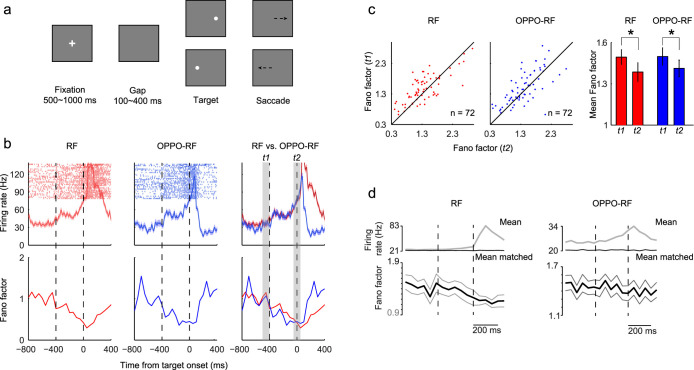Figure 1. Paradigm, LIP neural activity and neural variability.
(a), Gap task. Each trial began with the appearance of a central fixation point. Between the fixation point offset and the saccade target onset, there was a blank gap period during which animals were required to continue fixating the center of the screen. After the target onset, animals were rewarded for making a saccade to the target. (b), The firing rate (first row) and Fano factor (second row) of an example neuron in the gap task. Data of the RF (first column) and OPPO-RF (second column) conditions are superimposed in the third column. t1: baseline period, 0–100 ms before the gap period, t2: the end of gap, from 50 ms before to 50 ms after the saccade target onset. (c), Comparisons of Fano factor between t1 and t2 for all neurons. The Fano factor was significantly lower in t2 than that in t1 (RF, p = 0.016; OPPO-RF, p = 0.044, t-test). (d), The mean firing rate (gray), mean-matched firing rate (black) and Fano factor (black with flanking s.e.m.) of all neurons in the gap task. The Fano factor was computed after mean-matching. Two vertical dashed lines indicate the gap period.

